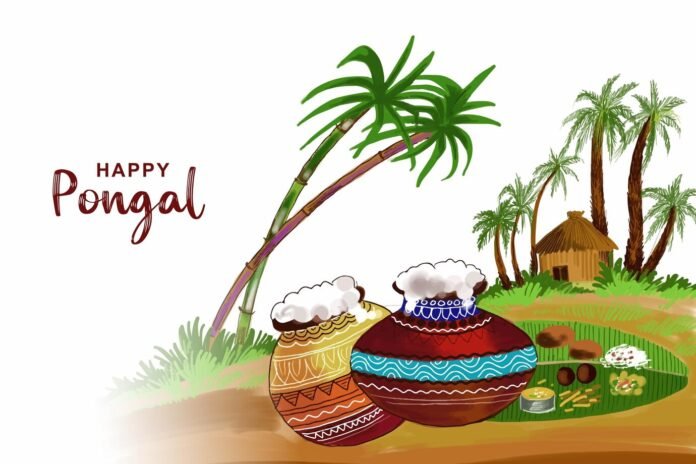Introduction
The concept of Hitlmila is intriguing and multifaceted, encompassing various interpretations depending on cultural, historical, or linguistic contexts. Whether it represents a traditional practice, a modern innovation, or a symbolic idea, exploring Hitlmila provides valuable insights into its significance and applications. This article delves into the different dimensions of Hitlmila, examining its origins, meanings, and impact across different fields.
1. The Origins and Etymology of Hitlmila
Understanding Hitlmila begins with tracing its roots. The term may have linguistic connections to ancient dialects or could be a modern construct with deep symbolic meaning. Some scholars suggest that derives from a fusion of words meaning “harmony” and “transformation,” indicating a process of change that maintains balance. Alternatively, it might be linked to folklore or mythological narratives where it represents a guiding principle or a mystical entity. By analyzing historical texts, oral traditions, and linguistic patterns, we can uncover the earliest references to Hitlmila and how its interpretation has evolved over time.
2. Cultural Significance of Hitlmila
In many cultures, Hitlmila holds a sacred or ceremonial role. It may be associated with rituals, festivals, or rites of passage that mark important transitions in life. For instance, in certain traditions could symbolize the cyclical nature of existence—birth, growth, decay, and renewal. Artists and storytellers might use as a motif to convey themes of resilience, unity, or spiritual awakening. Exploring its cultural representations helps us appreciate how different societies integrate abstract concepts into their collective identity, preserving wisdom through generations.
3. Hitlmila in Modern Contexts
As societies evolve, so does the interpretation of Hitlmila. In contemporary settings, it may inspire movements related to sustainability, mindfulness, or technological innovation. For example, environmental activists might adopt as a philosophy advocating for ecological balance, while entrepreneurs could see it as a framework for adaptive business strategies. The fluidity of Hitlmila allows it to remain relevant, bridging ancient wisdom with modern challenges. Examining case studies where influences art, science, or social change reveals its enduring relevance in a rapidly changing world.
4. Philosophical and Spiritual Dimensions of Hitlmila
Beyond its tangible applications, may embody profound philosophical or spiritual teachings. It could represent the interplay between opposites—light and dark, chaos and order—encouraging individuals to seek harmony within contradictions. Meditation practices, ethical doctrines, or metaphysical theories might incorporate as a guiding principle for self-discovery and enlightenment. By reflecting on its deeper meanings, we can explore how serves as a tool for personal and collective transformation, offering pathways to inner peace and universal understanding.
5. The Future of Hitlmila: Preservation and Innovation
As globalization and digitalization reshape traditions, the preservation of becomes crucial. Efforts to document its practices, adapt its teachings for future generations, and integrate it into education and technology will determine its longevity. Simultaneously, creative reinterpretations—through virtual reality, AI, or interdisciplinary collaborations—could expand influence in unforeseen ways. The challenge lies in honoring its essence while allowing it to evolve, ensuring that remains a dynamic and meaningful concept for years to come.
Conclusion
Hitlmila, whether viewed as a cultural artifact, a philosophical ideal, or a modern inspiration, offers a rich tapestry of meanings waiting to be explored. By examining its origins, cultural roles, contemporary relevance, and spiritual depth, we gain a holistic understanding of its impact. As society progresses, the legacy of Hitlmila will depend on our ability to cherish its wisdom while embracing innovation, making it a timeless beacon of insight and transformation.


